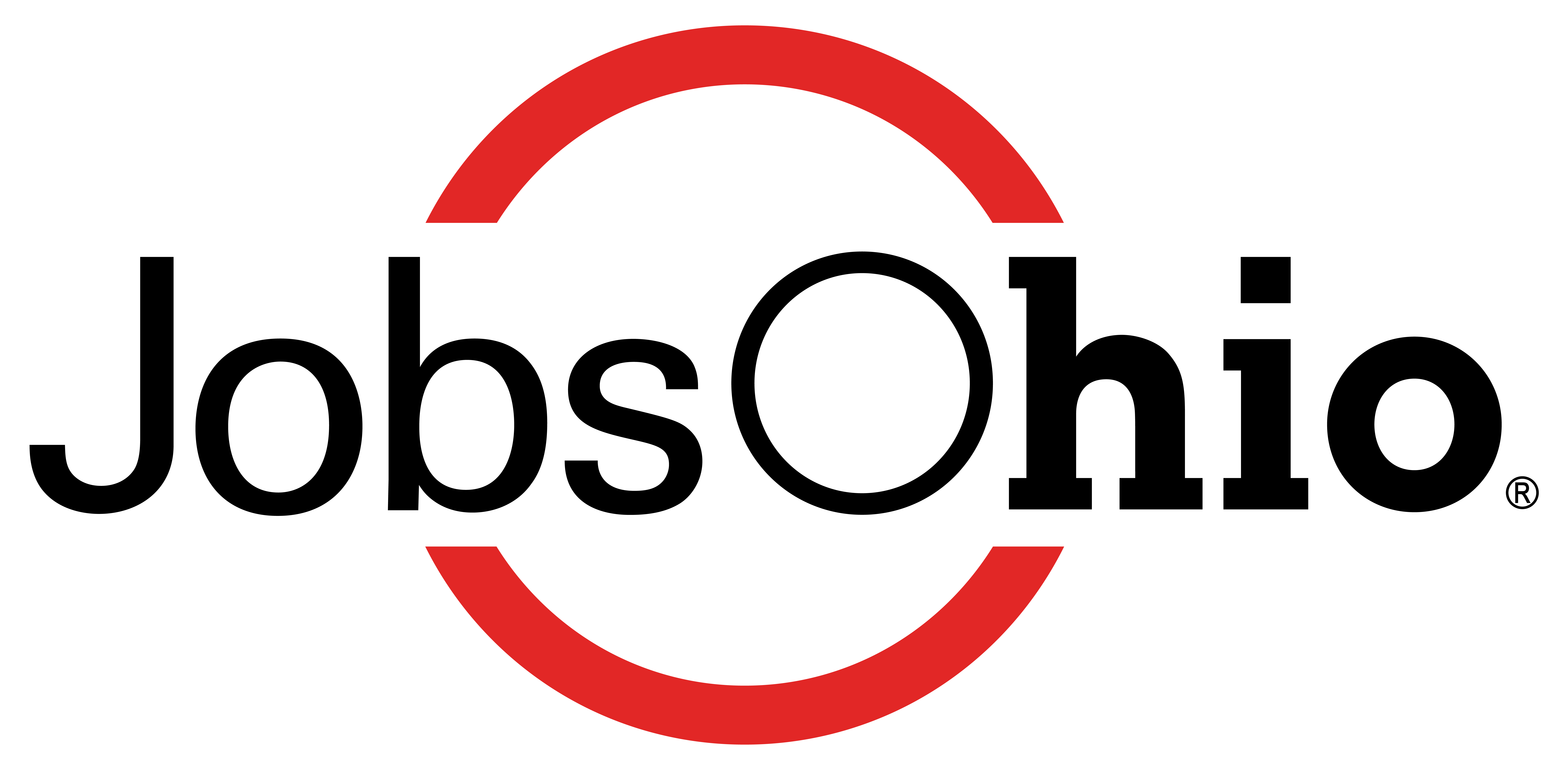
From new brands to established industry giants, companies around the world are feeling the impact of an extraordinary surge in demand for electric vehicles and smart mobility. Currently, almost half of the world’s rechargeable batteries are manufactured in South Korea, but the country’s reliance on a number of imported materials, such as rare earths, leaves the market vulnerable to bottlenecks should there be delays. This is especially critical as demand continues to grow, but what is pushing the surge and how can it be addressed?
According to GlobalData thematic research, nearly 70% of the world’s population will live in cities by 2050 (compared to 50% currently). This increased urbanization puts significant pressure on infrastructure and is a driving force behind the growing demand for smart cities. In fact, the smart cities market was worth $441bn in 2018 and is estimated to rise to $833bn by 2030. Creating an effective transport network is a crucial challenge for cities with growing populations, which the COVID pandemic has only exacerbated. The GlobalData smart cities report claimed that: “There cannot be a smart city without smart mobility, and smart mobility is impossible without smart transport infrastructure.”
To meet this growing demand, many manufacturers are seeking new locations to produce rechargeable batteries, as well as develop and test smart mobility vehicles, but where can companies find the infrastructure and resources to make this possible? With its research centers, smart mobility corridors, and ongoing initiatives to support development, Ohio, US, could be the solution.
Smart mobility in the U.S.
International companies are increasingly choosing to expand their smart mobility development in the U.S, and for good reason. In November 2021, President Biden signed a $1 trillion infrastructure bill that included $550 billion in new spending on public transit, broadband, highways, roads, and bridges. It also allocated more than $500 million to a Strengthening Mobility and Revolutionizing Transportation (SMART) grant program, which will help would-be smart cities with projects ranging from the construction of autonomous and connected vehicles infrastructure to smart traffic sensors, smart grids, commerce delivery and logistics.
But why the state of Ohio? In 2016, the city of Columbus, Ohio, won the US Department of Transportation’s (USDOT) Smart City Challenge. This project set out to create a fully integrated city that uses data, technology, and creativity to shape how people and goods move in the future by granting $40 million of funding.
Several projects were planned to develop the city’s public transport network, including an autonomous shuttle that was used to transport nearly 130,000 meals and 15,000 masks to citizens during the pandemic. Another project involved installing sensors on 1,100 vehicles and 85 intersections to improve safety and mobility by reducing car crashes, improving emergency vehicle response time, improving buses’ on-time rates, and providing data to traffic managers.
Accelerating growth in Ohio
For companies looking to find their footing in Ohio, it’s important to form strategic partnerships with local initiatives and investment experts to facilitate growth. JobsOhio is a private economic development corporation that collaborates with academic institutions, federal installations, business sector organizations, and the State of Ohio. For OEMs looking to expand in the US to meet the growing demand for smart mobility, JobsOhio can help them on the way in collaboration with local programs.
One such initiative is DriveOhio (part of the Ohio Department of Transportation), which is a single point of contact for collaboration to organize and accelerate smart transportation efforts across Ohio. The U.S. 33 Smart Mobility Corridor is one project participating in the initiative and includes a 35-mile section of fibre-optic cable and dedicated short-range communication (DSRC) units.
“We partner with initiatives such as DriveOhio on a lot of activities, primarily when it comes to attracting companies,” explains Jonathan Bridges, managing director of automotive, steel, and white goods for JobsOhio. “We work together to find the right balance of access to our roadways and provide opportunities for them to land in Ohio and grow here.
“Not only do we give them opportunities to design, test and deploy apps and other assets here in urban, suburban and rural testing environments, but we also have the opportunity to do testing in all four climates. Unlike some of our counterparts that are out west, you have access to multiple environments, multiple conditions, and still all within one location, which is important if you’re setting up long-term testing.”
In Marysville, Ohio, for example, they have options for companies that are interested in doing testing in a street setting. The 33 Smart Mobility Corridor allows for OEMs to test in urban environments, and Bridges adds that Ohio is continuing to make improvements there by working towards installing 5G technology on the roadway.
Other projects include the I-670 SmartLane, which utilizes full-color digital signs, cameras, and radar detectors to collect data on traffic speed and density to establish if the left shoulder “smart lane” should be opened. Similarly, the I-90 “Lake Effect Corridor”, part of the Smart Belt Coalition between Ohio, Michigan, and Pennsylvania, has designated a 60-mile section to be fitted with DSRC units by DriveOhio.
In addition to open road testing, OEMs also have access to closed-loop testing at the Transportation Research Centre (TRC). According to Bridges: “Many of the OEMs have their own proving grounds, but they’ll also carry out testing at the Transportation Research Center, where engineers can provide third-party validation on some of their research.”
In 2019, TRC opened the Smart Mobility Advanced Research Test Center (SMARTCenter). It is specifically designed to test advanced driving systems that employ autonomous and connected vehicles, as well as sensors and smart highways. The test centre’s high-speed straightaways and cityscape simulations provide developers with a variety of intersections and other navigational situations.
For help with research, design, testing, development, and manufacturing in the smart mobility space, Ohio has it all. Reach out to JobsOhio to get started.


